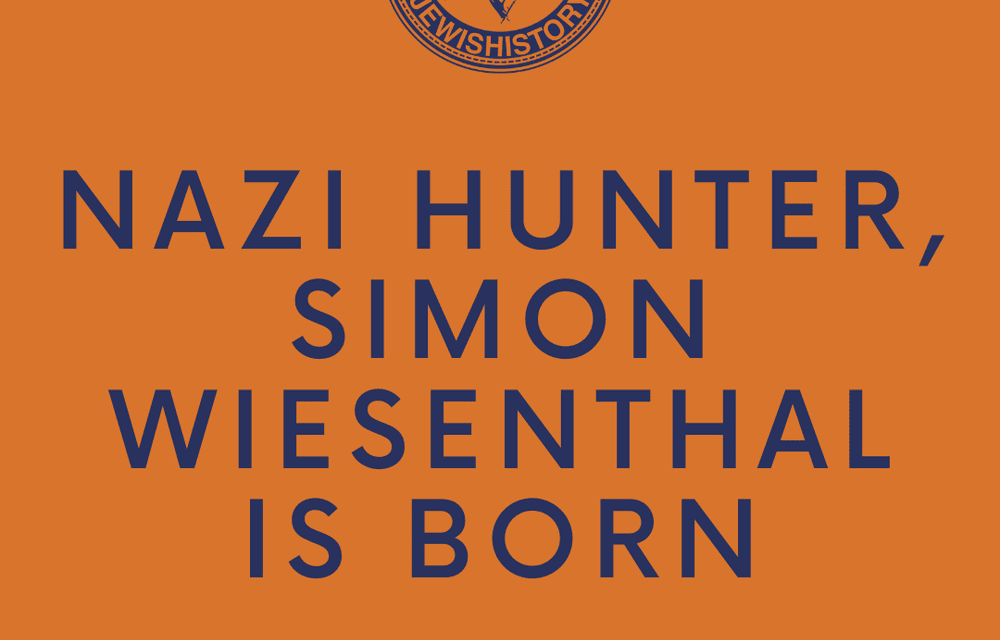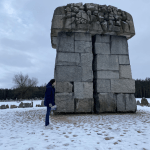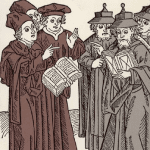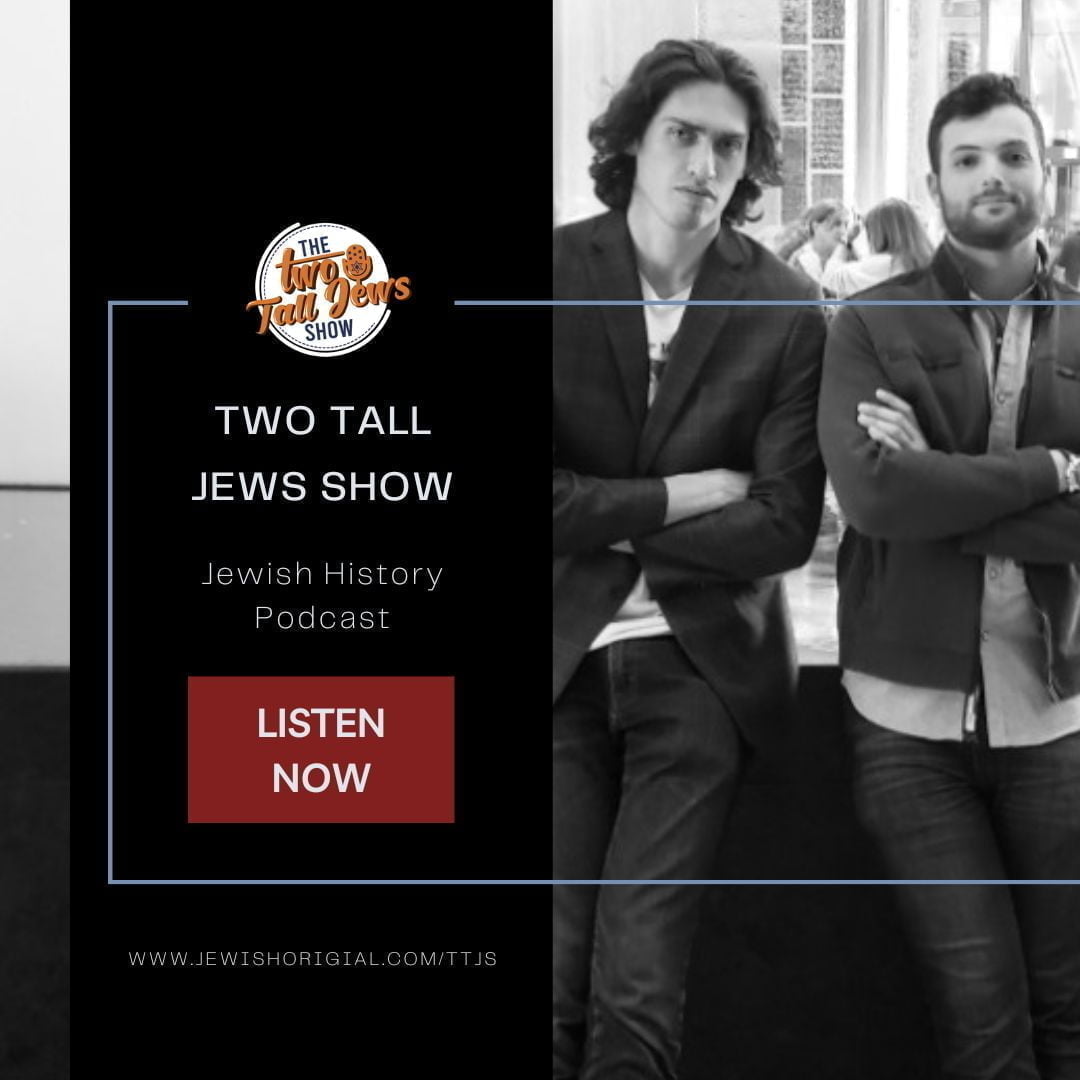Nazi Hunter, Simon Wiesenthal: Remembering His Birth on Dec. 31, 1908
On this day in 1908, Simon Wiesenthal, a Holocaust survivor, Nazi hunter, and advocate for Jewish rights, was born in Buczacz, part of the pre-WWI Austro-Hungarian Empire. During World War II, Wiesenthal endured imprisonment in five different concentration camps, ultimately being liberated from Mauthausen in Austria in 1945. Post-liberation, he dedicated his life to tracking down Nazi war criminals and advocating for Holocaust education.
Wiesenthal’s early life was marked by tragedy; he lost his father to the ravages of WWI. Despite initial aspirations to study architecture at the Polytechnic Institute in Lwow, Poland, he faced quota restrictions due to his Jewish heritage and ended up studying at the Technical University of Prague. In the mid-1930s, with the Russian occupation of Lwow, the People’s Commissariat for Internal Affairs (NKVD) of the Soviet Union arrested his stepfather and shot his stepbrother, forcing Wiesenthal to close his business. Through a bribe to an NKVD officer, he narrowly avoided deportation.
In 1941, the German occupation of Poland began. Thanks to a former employee of the Ukrainian Auxiliary Police, Wiesenthal and his wife escaped execution but were subsequently incarcerated in the Janowska Concentration Camp and later at the Ostbahn Works forced labor camp.
The year 1942 marked the launch of the Nazis’ “Final Solution,” a period during which Wiesenthal and his wife tragically lost 89 family members, including his mother who was sent to the Belzec death camp. His wife managed to escape using forged papers, posing as a Pole, and worked in Warsaw and the Rhineland.
Wiesenthal escaped from both Ostbahn and Janowska. The remaining prisoners at Janowska, including Wiesenthal, were spared and sent to support the Schutzstaffel (SS) against the Red Army. Eventually, they were moved to Mauthausen in upper Austria, where Wiesenthal was imprisoned until the camp’s liberation by an American unit in May 1945.
Post-war, Wiesenthal swiftly regained his health and reunited with his wife. He worked with the US Army’s War Crimes Section, the Office of Strategic Services, and the Counter-Intelligence Corps. He also led the Jewish Central Committee of the United States Zone of Austria, focusing on tracking Nazi criminals and aiding war-affected individuals. Later, he established the Jewish Historical Documentation Center in Linz, Austria, to continue his work independently.
One of his key achievements was aiding in the capture of Adolf Eichmann, the architect of the “Final Solution.” In 1961, Eichmann was captured, tried, and executed. Wiesenthal also facilitated the prosecution of Karl Silberbauer, the officer who arrested Anne Frank, and several SS officers responsible for exterminating Jews in Lwow.
The Jewish Documentation Center was re-opened in Vienna in 1961. It maintains a list of over 90,000 individuals implicated in WWII crimes. Throughout his lifetime, Wiesenthal tracked down over 1,100 war criminals. He published his memoirs, “The Murders Among Us,” in 1967, and collaborated on several films, including the Academy Award-winning “Genocide.”
We honor Simon Wiesenthal’s legacy and his relentless pursuit of justice for Holocaust victims, ensuring that history’s gravest criminals faced accountability.













Start the discussion at community.jewishoriginal.com